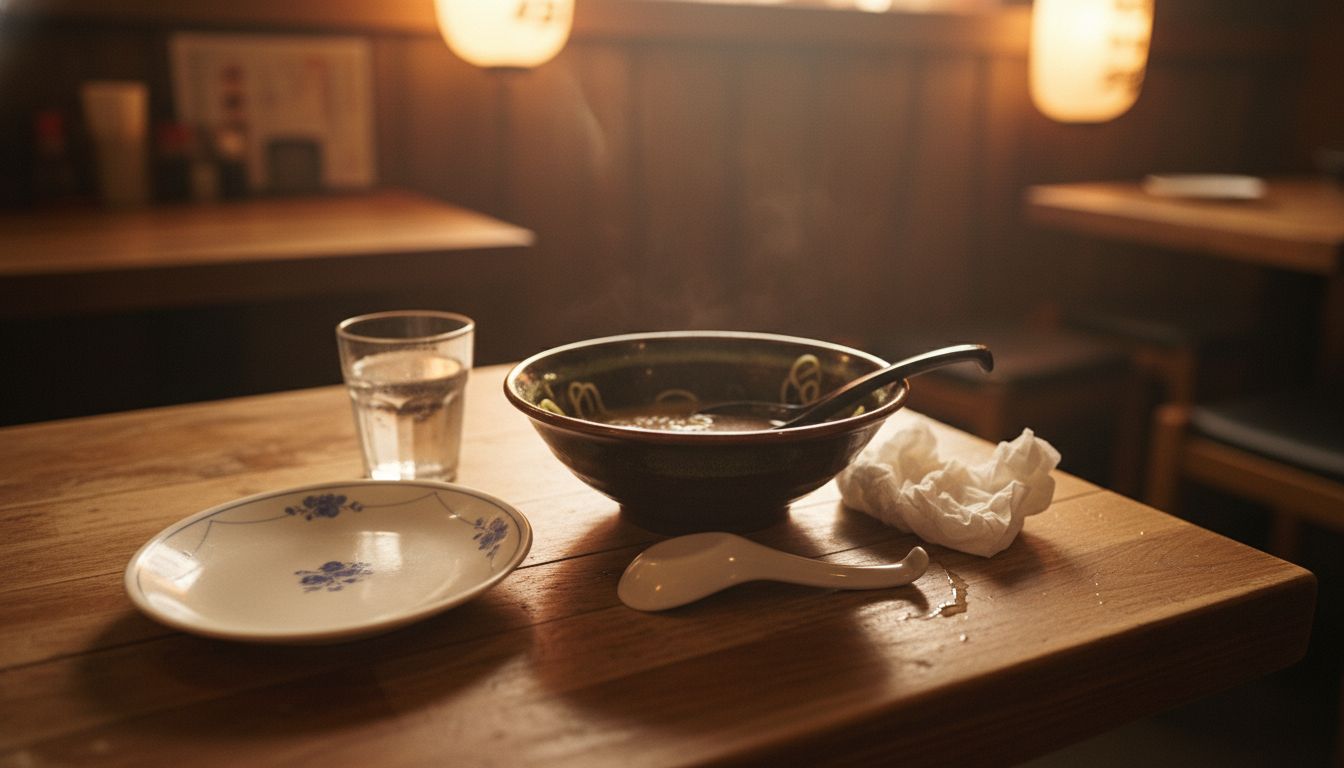How Sideplates Disrupted My Entire Thinking About Product Strategy

Let me set the scene. I’m sitting at a pop-up ramen place in Grey Lynn that can barely fit twelve people, watching a server gently slide a sideplate under someone’s chopsticks like it’s a magician’s flourish. And then it hits me: the small stuff—the unnoticed, well-considered stuff—is every bit as strategic as the big brand campaign deck we all pretend to read.
Somewhere along the line, marketing forgot how to respect the sideplate. Not in the literal crockery sense, obviously, but in the metaphorical details that shape how a brand feels in your hands or sounds in your ears. For instance, the tiny explainer text on the inside of an Allbirds shoe tag. The glucose dispenser with a peel-off brand anecdote at a cycling event. Or how Sharesies emails you angry-looking graphs that weirdly make you trust them more.
These are micro-interactions that don't scream marketing. Which is the point. They’re created by someone who actually sat in the restaurant, saw the mess the spoons made, and said: right, we need a fix. That’s strategy. That’s brand. And in my view, that’s the elevation we’re all chasing right now—especially in a world where splashy top-of-funnel work is fraying at the edges.
If you’re a strategist or a creative, next time you're about to brief your agency, stop for a second and ask: what’s our sideplate moment? That one thing no one asked for, but no one will forget. Because the best marketing doesn’t always show up on the main plate. Sometimes it just glides in quietly under your hand, perfectly timed and quietly brilliant.
Somewhere along the line, marketing forgot how to respect the sideplate. Not in the literal crockery sense, obviously, but in the metaphorical details that shape how a brand feels in your hands or sounds in your ears. For instance, the tiny explainer text on the inside of an Allbirds shoe tag. The glucose dispenser with a peel-off brand anecdote at a cycling event. Or how Sharesies emails you angry-looking graphs that weirdly make you trust them more.
These are micro-interactions that don't scream marketing. Which is the point. They’re created by someone who actually sat in the restaurant, saw the mess the spoons made, and said: right, we need a fix. That’s strategy. That’s brand. And in my view, that’s the elevation we’re all chasing right now—especially in a world where splashy top-of-funnel work is fraying at the edges.
If you’re a strategist or a creative, next time you're about to brief your agency, stop for a second and ask: what’s our sideplate moment? That one thing no one asked for, but no one will forget. Because the best marketing doesn’t always show up on the main plate. Sometimes it just glides in quietly under your hand, perfectly timed and quietly brilliant.